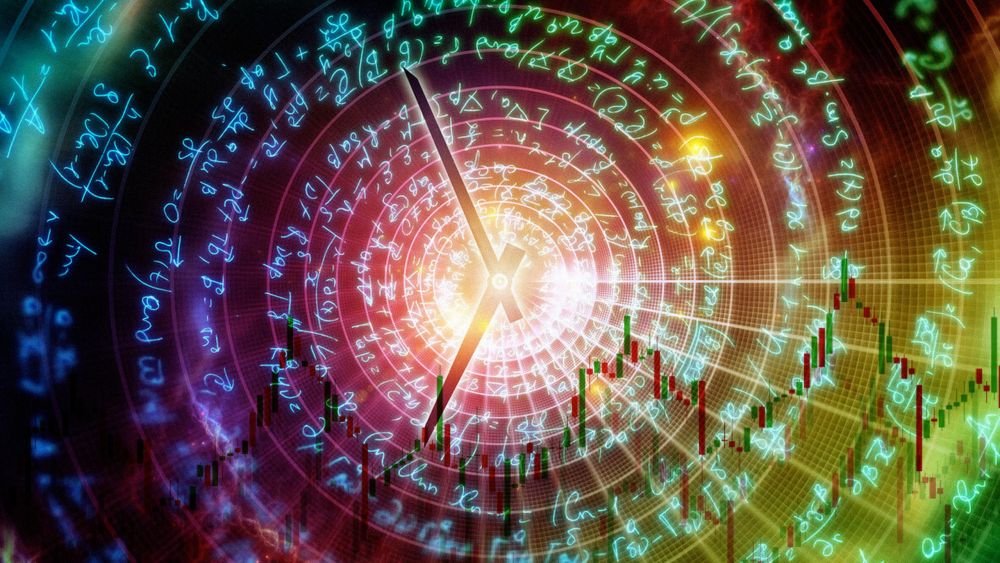Simplistically, if you place your hand on a hot stove, then maybe you don’t want to do that again. If your doctor says it’s time to lose weight, then maybe you take up running.
More complexly, we analogize telomeres delivering bits of DNA to computer servers delivering bits of information. There are patterns everywhere, in everything, all the time.
If / Then. Cause and effect. Patterns and fractals.
The identification of these patterns, analogies and fractals represent our way of trying to make better choices. We absorb the data, process the likely outcomes and form a decision. Rarely does that decision mean following a path that leads to poorer results. If we do follow that path, it’s often to test a new theory or practice. More often than not, we learn from our mistakes and choose the path that leads to success, or at least our perception of success.
So when we’re trying to identify a pattern in the market, we begin the same way.
1. We absorb data (price and volume from every tick for the entire history of a market). And we extract momentum and elapsed time from this data.
2. We process the likely outcomes via Electromagnetic, Gauge and Chaos theory.
3. We form a decision (place a trade).
Time is the determinate factor in fractal trade execution
The result represents a mathematical pattern and a forward looking decision based on time (not the price and volume data set that was originally used). Mathematical patterns are based on how long it took for something to occur rather than the data set being observed. In other words, the data set (price and volume) is only used to determine change (momentum) and duration (time). How long something took to occur is infinitely more important than what actually occurred.
This subtle difference is not often observable, but there are a couple of very clear examples. Both the S&P and Gold have recently touched all-time highs. They’ve printed prices that have never been seen before, and left prices behind which may never be seen again. As such, it is impossible to have a repeating pattern based on a price that has only ever occurred once, or based on one that may never be seen again.
However, all markets move in patterns based on time. They move up for 7 days, down for 8, up for 4, etc. Price may be the result of those patterns, but the determinate factor causing those patterns is time.
Back to the examples from before. The same can be said for the hand on a hot stove statement. The resulting injury you receive has less to do with how hot the stove may be and more to do with how long your hand was held exposed to the heat.
Time is the most important factor. It is the determinate factor in every single decision we make. And when trading the markets, it is the only factor that matters. Time determines our decisions. Price is merely the result.
Conclusion
Speaking of time, our material takes less than 5 minutes a week to follow. If you’re tired of sitting in front a screen all day while looking at prices that mean absolutely nothing, take a step back. Find something more enjoyable to do and make use of programs that can search for patterns for you. No matter how much you try, looking at a screen, applying indicators and doing math in your head will never result in finding a tradable pattern. The absorbable data is simply far too much for humans to observe in order to make a profitable decision.
Learn more about fractalerts. Fill in the form on our home page and a member of our team would be happy to give you a call or engage via email. Follow our trades. Leave the math to us. To simply learn more about our process, check out our “The Science” page.
-

The rhytm beneath the noise
-

You Don’t Need a Trading Style. You Need an Edge.
-

Consistency Isn’t the Goal—It’s the Outcome
-

What 2 Quadrillion Data Points Told Us
-

Math and Physics-Based Trading in Any Market Condition
-

Do not worry about anomalies
-

Consistency should not be the goal. Consistency should be the result.
-

Stop canceling fridays
-

The Elliott Wave Forecast is Subjective, Bias Driven And Backwards looking
-

Finding patterns in market data

